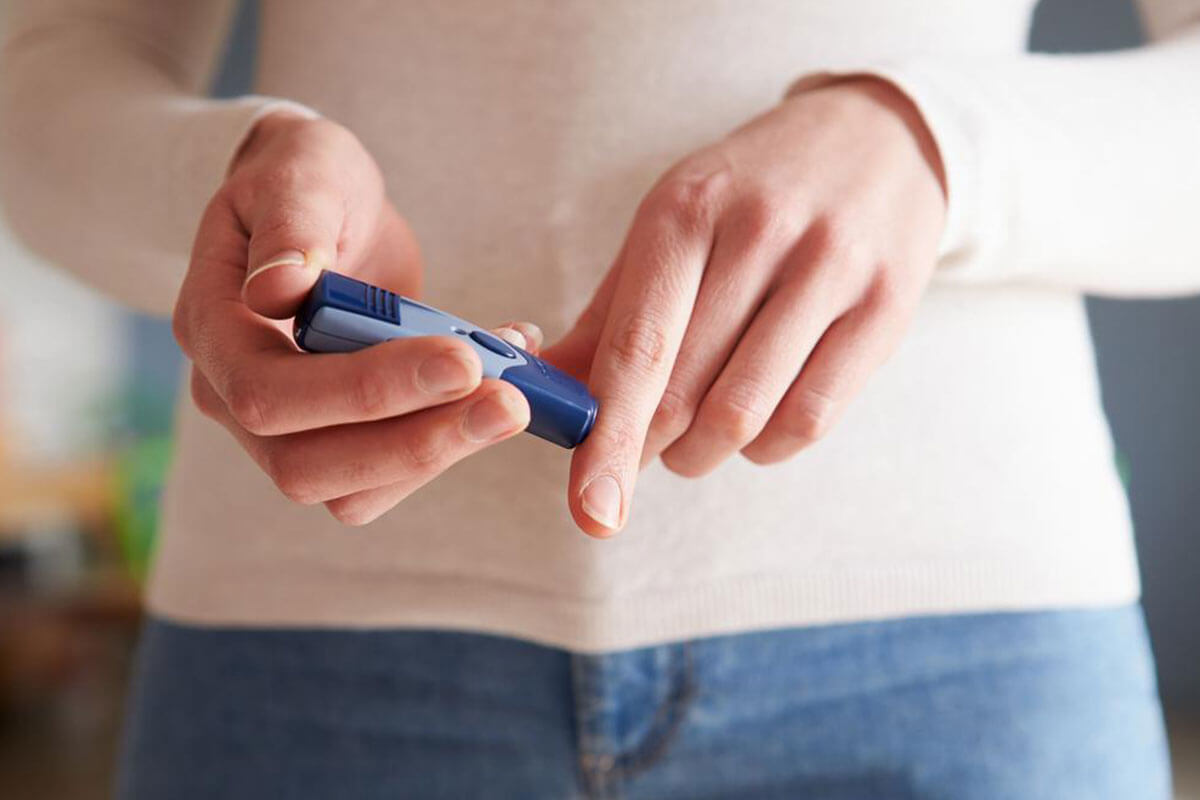Things you must know about type I diabetes and type II diabetes
Most people resort to online checkers for diabetes and are generally unaware of the type of diabetes they might have. Both types of diabetes are conditions that occur when the blood sugar level rises above normal. However, the cause and development of diabetes from type I and type II is different. There is a typical assumption that type II diabetes is seen among people who are overweight and type I diabetes is seen among people who are underweight.

Read along to know more about type I and type II diabetes.
Type I diabetes, earlier known as juvenile-onset diabetes or insulin-dependent diabetes, accounts to only 5 to 10 out of 100 people with diabetes. In type I diabetes, the immune system of the body destroys the cells that release insulin. With time, they eliminate the insulin completely from the body. Once the insulin is lost, the cells lose their power to absorb sugar (glucose), which helps in producing energy. As this sugar is not absorbed by the cells, it remains in the blood and results in elevated blood sugar levels.
Type II diabetes, earlier known as adult-onset diabetes or non-insulin-dependent diabetes, accounts for about 90% of the cases related to diabetes. It can happen at any age; it becomes the most apparent during adulthood. However, the number of children developing type II diabetes is rising. In type II diabetes, the body has insulin but it is unable to use it in the right way; this is known as insulin resistance. As type II diabetes progresses, and if the condition gets worse, the pancreas starts to make less and less insulin; this eventually leads to insulin deficiency.
Now that we know about these types of diabetes, let us look at type I and type II diabetes.
- The symptoms for type I diabetes usually start during childhood or young adulthood, while for type II diabetes the patient might not encounter any symptoms until the diagnosis.
- People with type I diabetes usually seek help at the earliest, while type II patients are unaware of the symptoms for a long time; hence their treatment is usually delayed.
- Episodes of low blood sugar level are common among people with type I diabetes; for type II diabetes, there are no episodes of low blood sugar level. They occur only if the patient takes insulin or other diabetic medicines.
- Type I diabetes cannot be prevented in any case, type II diabetes can be prevented or delayed if the patient follows a healthy lifestyle that includes a healthy body weight, regular exercise, and sensible eating.
- Type I diabetic treatment is completely dependent on the intake of insulin, while type II diabetes can be cured with an alternate mode of medication.




